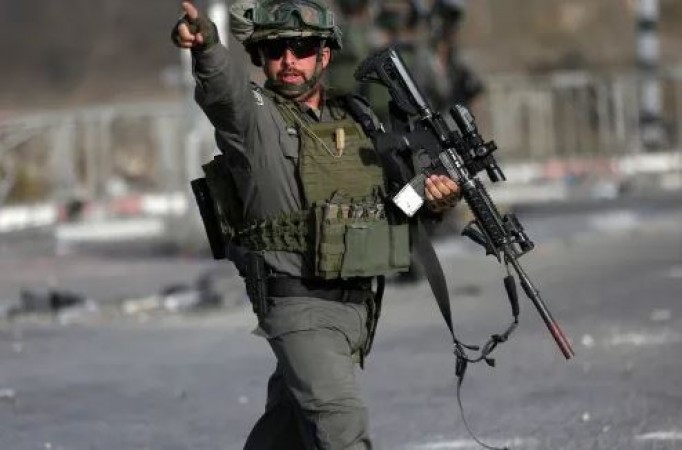
In this article, we will delve into the world of Israeli Military Combatives, exploring the unique techniques developed for the Israel Defense Forces (IDF). Israeli Military Combatives is a comprehensive system that focuses on self-defense, hand-to-hand combat, and close-quarters combat techniques. Developed to meet the specific needs of the IDF, these techniques have gained international recognition for their effectiveness and adaptability.
1. The Origins of Israeli Military Combatives
1.1 The Birth of Krav Maga
Krav Maga, the foundation of Israeli Military Combatives, was developed in the 1930s by Imi Lichtenfeld, a Slovakian-Israeli martial artist. Imi combined his street-fighting experience with his skills in boxing, wrestling, and gymnastics to create a practical and efficient self-defense system.
1.2 Integration of Martial Arts and Self-Defense
Over the years, Krav Maga evolved and incorporated elements from various martial arts disciplines, including Judo, Jiu-Jitsu, and Karate. This integration made it a well-rounded system capable of handling a wide range of real-world combat scenarios.
2. The Core Principles of Israeli Military Combatives
2.1 Simplicity and Efficiency
The primary goal of Israeli Military Combatives is to provide simple and efficient techniques that can be easily learned and applied under extreme stress. Soldiers are trained to use instinctive movements, ensuring quick responses in life-threatening situations.
2.2 Neutralization of Threats
Israeli Military Combatives emphasizes neutralizing threats swiftly and decisively. Practitioners are taught to target an opponent's vulnerable areas, such as the eyes, throat, groin, and joints, to gain a tactical advantage.
3. Training Methodology
3.1 Realistic Scenarios
Israeli Military Combatives training incorporates realistic scenarios to simulate actual combat situations. This approach helps soldiers develop the mental fortitude and adaptability required in high-pressure environments.
3.2 Emphasis on Mental Preparedness
In addition to physical techniques, mental preparedness is a critical aspect of Israeli Military Combatives. Soldiers are taught to stay focused, maintain situational awareness, and control fear and anxiety during confrontations.
4. Israeli Military Combatives Worldwide Impact
4.1 Military Adoption
Numerous military and law enforcement agencies around the world have recognized the value of Israeli Military Combatives and have incorporated it into their training programs. The practicality and effectiveness of these techniques make them highly sought after in modern combat scenarios.
4.2 Civilian Applications
Beyond its military use, Israeli Military Combatives has gained popularity in the civilian world. Many people now learn Krav Maga for self-defense purposes, appreciating its focus on real-world situations and instinctive reactions.
5. Israeli Military Combatives Ethics and Philosophy
5.1 Avoidance and De-escalation
While Israeli Military Combatives emphasizes self-defense, it also prioritizes avoidance and de-escalation techniques. Practitioners are taught to use force as a last resort, employing verbal communication and non-violent tactics whenever possible.
5.2 Proportional Response
Another essential aspect of Israeli Military Combatives is the concept of proportional response. Practitioners are trained to use an appropriate level of force to neutralize a threat without causing unnecessary harm.
Israeli Military Combatives, with its roots in Krav Maga, stands as a testament to the importance of effective self-defense techniques in modern combat and everyday life. Its practicality, simplicity, and focus on mental preparedness make it a valuable system for military personnel and civilians alike.
CRISPR Gene Editing Innovations: Cutting-Edge Applications and Ethical Considerations
Sony PlayStation 5 Receives Hefty Rs. 7,500 Discount for Indian Consumers Starting July 25